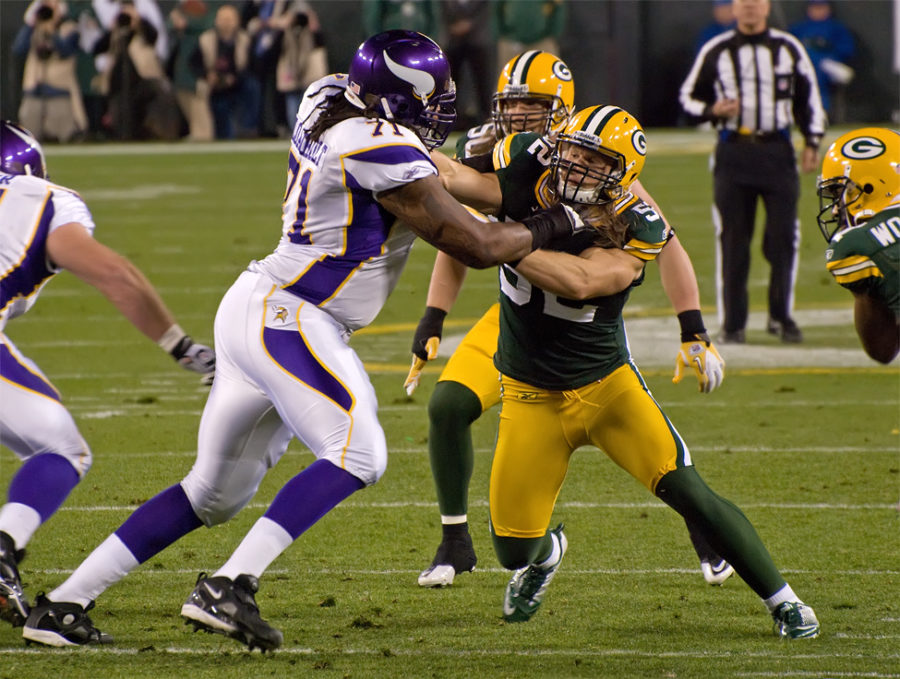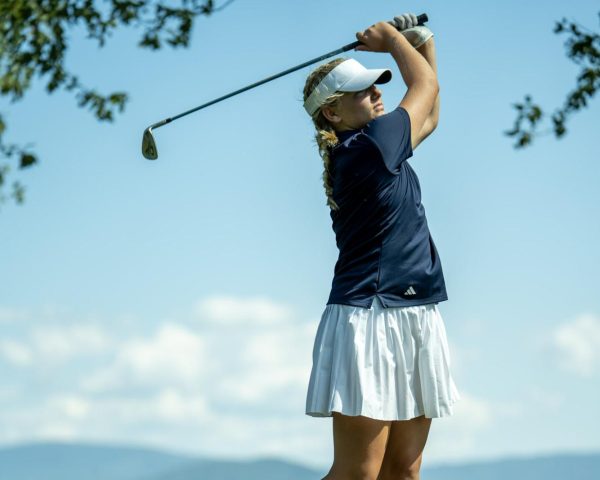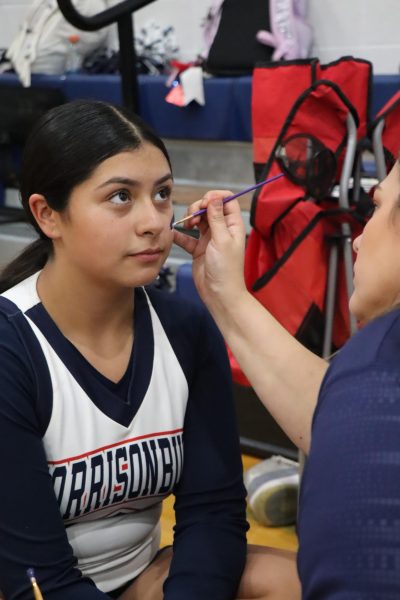NFL rule change causes tackling technique conundrum
First and ten, the Minnesota Vikings on their own 25 with 1:45 on the clock fourth quarter. For those who don’t know football, this is the most crucial time of the game. Kirk Cousins, Minnesota’s quarterback, steps back, looks deep, finds a man, throws deep and it’s intercepted! Game over. Or so we thought. Turns out the NFL referees of that game decided to step in and call a game-changing, roughing the passer call, allowing the vikings to tie up the game that eventually ended in a tie. The following week, Clay Matthews, the same defender, is called for yet another roughing the passer penalty when he hit Redskins quarterback Alex Smith for what would’ve been a loss of 12 yards. Yes, penalties happen in sports, and yes, they can change games, but problem was, these did not appear to be penalties at all. Calls like this started becoming a recurrence, and fans were beginning to notice.
In previous years, these calls would never have happened, but because of new rules set in place to “make the game safer”, defensive players now have to essentially take it easy on a quarterback. The rule basically states that the defender may not fall on the quarterback with all or most of his weight. Yes, it is in fact nearly impossible to effectively tackle someone without landing on them. What the league wants is for you to somehow, in the one second it takes to tackle someone, turn sideways or spin out of the tackle. Which not only makes no sense mechanically as professional football players move forward with great force, but is unfair to the defensive lineman and linebackers, in that they are at an extreme disadvantage. In order for a defender to not land on the quarterback that takes slowing down and tackling backwards. In the same Vikings-Packers game, Packers D-lineman Mike Daniels made contact with Cousins, and in knowing the rule and fearing the flag didn’t follow through with the tackle allowing Cousins bounce off of him with ease and turn the play into positive yards. Sure, QB’s aren’t known for being the best athletes on the field, but even the least athletic of quarterbacks can break free of that kind of take down. So just think what a 6´5¨, 245 pound Cam Newton will be able to do. And yes, the safety of players is important, but there are many more aspects of safety that are a pressing concern than one professional athlete landing on top of another that are yet to be covered.
After endless complaints and criticism, the NFL’s competition committee held a meeting where they discussed the rule. Fans were utterly disappointed as all the NFL came out of the meeting with little to no change. NFL vice president of football operations Troy Vincent said the meeting didn’t change the rule, but rather clarified that the officials were officiating the rule consistently. He stated that they discussed making sure officials really saw the plays and threw penalties when they saw them. He basically said the meeting did absolutely nothing, because that is what referees should already be doing. Why on earth is the NFL wasting time holding meetings telling the referees how to be referees, especially in a time where there are way more important topics that need to be covered?
Clay Matthews, the player being most affected by the rule change, is understandably upset. In an interview after the Minnesota game Mathews said, ¨I don’t know what else to do, you let me know.” This is completely understandable. If I were in his shoes I’d be wondering the same exact thing. How do I tackle without landing on someone? The simple answer is you don’t.
The NFL and Roger Goodell better get this figured out, and they better do it fast. As for now, fans around the country will have to deal with the NFL’s unfair rules and game changing calls. So be cautious when getting excited about big plays or even big seasons, because all of the teams fate is in the hands of the NFL’s officiating committee and your team could be who they strike next.
Your donation will support the student journalists of Harrisonburg High School. Your contribution will allow us to purchase equipment and cover our annual website hosting costs.








